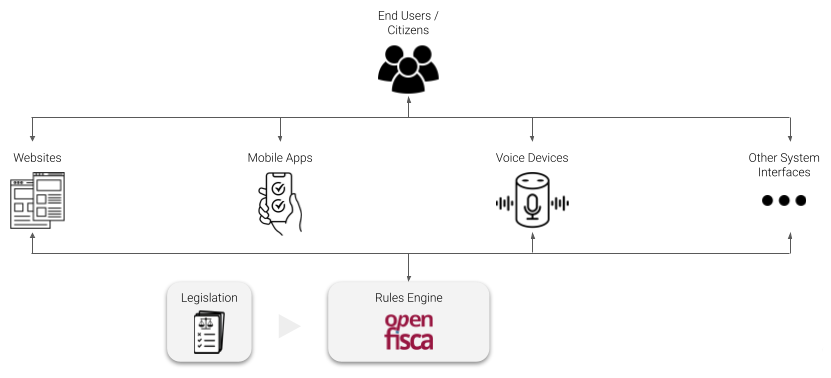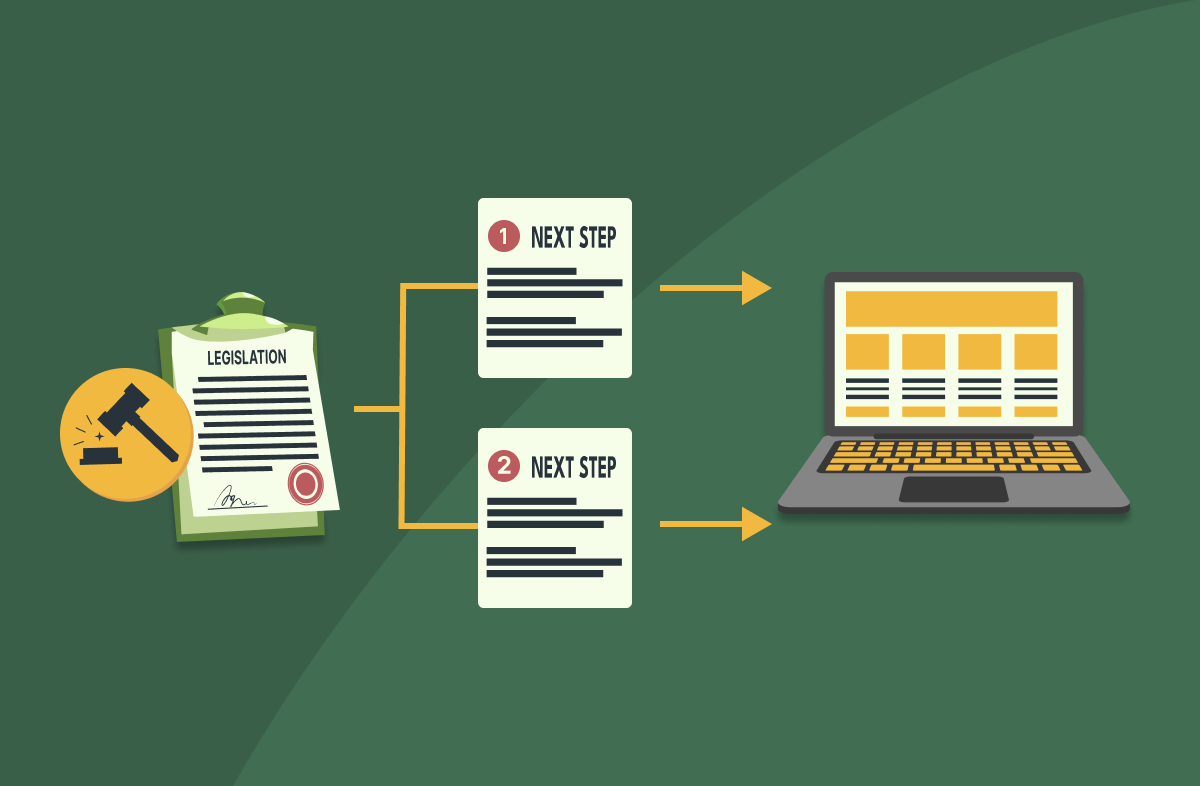
Hi, I'm Phillipa. I run the Rules as Code Practice here at Salsa.
Salsa’s RaC Practice
Rules as Code provides an easy way for people to access and understand rules and legislation. Users answer a few questions and get customised content rather than having to read long pages of information and complex rules.
Rules as Code is ideal for use cases centred around eligibility (with or without calculations), compliance, classification, and modelling changes to policy/legislation.
Salsa’s Rules as Code services
RaC prototyping
Looking for a small proof of concept to test Rules as Code? Our prototyping services will guide you through the process, from rules mapping to coding.
RaC development
Ready for production? We’ll help you take your legislation or rules and translate them into a production-ready solution.
RaC support
Looking for 24/7 support to cover your RaC deployment? The Salsa Service Desk provides tailored RaC support.
Introducing Assemblic
What is Rules as Code?
Legislation is often extremely difficult to understand and interpret. It uses complex legalese language and often includes multiple references to other legislation meaning you may need to read multiple pieces of legislation to understand one ‘rule’.
By coding the law/rules, you can transform legislation and rules into simple-to-use digital experiences. Also known as ‘Rules as Code’ this innovative approach can be used for things like eligibility checking, compliance checking and creating digital policy twins for policy modelling. More about Rules as Code
Why Rules as Code?
For citizens/users Rules as Code provides:
- An improved user journey
- Greater transparency of laws
- Easier access to law and regulations
For governments/organisations, Rules as Code provides:
- Reusability — one rules engine can serve many applications
- Easy management — OpenFisca keeps historical, current and future rules for point-in-time calculations
- Policy modelling — OpenFisca’s simulations let you model changes and see intended and unintended consequences
Use cases for Rules as Code (RaC)
In general, Rules as Code does work best with black and white rules. However some of the more subjective areas can also be tackled with RaC.

Service delivery
Deliver more efficient citizen-centric digital services based on consistent and traceable application of rules/legislation. RaC services can also enable a pathway to test-driven policy development.

Eligibility
Use Rules as Code to provide citizens with a trusted, central source of truth to check their eligibility for government services and benefits specific to their needs.

Regulatory compliance
Provide an easy-to-use, authoritative interface for businesses to check their regulatory obligations. A well-designed RaC system can improve compliance and remove the policing burden on regulators.
From legislation to end users
The exact set up of an RaC project will depend on the individual requirements. However, below is a diagram showing a sample pathway from legislation to users, via OpenFisca.
Want to learn more about Rules as Code?
Read some of Salsa's insights and thought leadership content on Rules as Code:
The process behind Rules As Code (RaC)
Find out how to turn rules into code— from rules analysis and mapping to coding in OpenFisca.
How to turn legislation into Rules As Code
Part 2 of this series looks at the process we’re following to turn New Zealand’s Social Security Act into code for the Digital Aotearoa Collective Rules As Code project.
What is OpenFisca?
OpenFisca is an open source rules as code (RaC) platform. It’s helping government jurisdictions transform legislation and regulations into machine-readable code.








